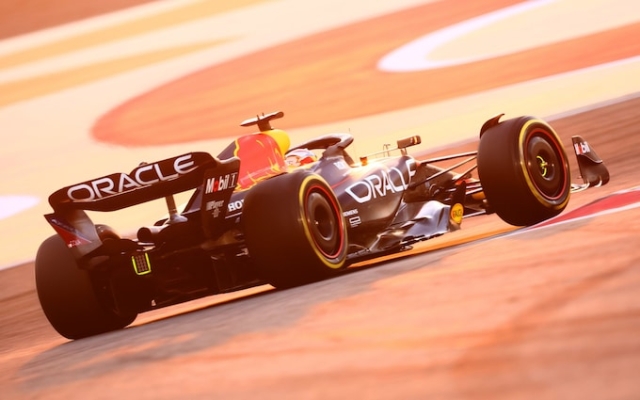 Verstappen mowed a field in Miami, aided by a holistic approach to the aerodynamics of his car. Photo: GETTY IMAGES/Dan Istitene. Formula 1
Verstappen mowed a field in Miami, aided by a holistic approach to the aerodynamics of his car. Photo: GETTY IMAGES/Dan Istitene. Formula 1
There has been a lot of talk this season about the effectiveness and power of Red Bull's Drag Reduction System (DRS). This was evident when Max Verstappen broke through the field from 15th to second in Jeddah and again in his move from ninth to win in Miami on Sunday.
Other teams noted this, and Ferrari's Fred Wasser rather bluntly called it a «mega-big DRS effect». When Verstappen overtook Alpine's Pierre Gasly for fourth place in Miami, there was a speed difference of 30 km/h, so Wasser isn't entirely wrong.
The effective use of DRS, useful both in qualifying and in the race, is familiar to other teams. not in their arsenal. He may not be worth a huge amount of lap time on his own, but his strength certainly helped Verstappen win.
This meant he could quickly overtake Ferraris, Mercedes, Aston Martins and Alpines without wasting too much time and tire life falling behind others, ensuring he stayed in touch with leader Sergio Pérez early on. Despite starting ninth, after 15 laps he was second and five seconds behind his championship rival. Part of that has to do with his driving prowess and how good the RB19 is out of corners, but DRS has played its part.
So what's so special about the DRS RB19 that gives it that edge?
Start with the DRS and then build the rest of the car
The DRS is now a more complex and integrated part of the car design than before. When it was introduced in 2011, it was a simple overtaking tool. The rear wing opened in a straight line, drag was lost, making it easier to pass.
Today the team will look at DRS affecting the entire rear of the car from the design stage. The lower floor, so important under current regulations, probably generates more than 50 percent of a car's total downforce, while the fenders produce the rest. So the rear fender is an important part of that.
When it comes to DRS, the more drag you can get rid of, the better, but it's not about just throwing drag off the rear fender. when the DRS damper is open. It is far more effective to get rid of the aerodynamic drag of the entire rear of the car: in other words, the upper wing, the cross wing and the diffuser.
0905 Red Bull Wing How Red Bull's ingenious package works
All three elements — the upper wing, the beam wing and the diffuser — must work in harmony so that the loss of drag on one of them means that you lose drag on all of them, further increasing top speed. The rear wing must communicate with the beam wing, and the beam wing must talk with the bottom. When the DRS is open, the beam wing creates less downforce and changes the flow structure, which then affects the bottom, which changes the flow structure. You lose downforce overall, but more importantly, you lose drag.
There isn't much of a catch to Red Bull's DRS advantage, rather they have a better car and their rear ends work together much better than their rivals. Even without DRS, the RB19 is fast in a straight line. It has more downforce than its rivals, which means it goes through corners faster and doesn't have as much drag as other cars.
If you look at the Mercedes by comparison, the rear end is jittery, which means they have more rear wing to help them through corners, but this reduces their top speed on the straights. Red Bull generates more downforce from their underbody, which in turn means they require less downforce from the rear wing, which itself is pretty inefficient in terms of aerodynamics, meaning they have a more efficient pack to start.
As mentioned, it's not just about reducing rear wing drag. If Red Bull only dropped rear wing downforce, they would drop less drag because the rear wing doesn't produce as much downforce as Mercedes.
This goes to show how important it is to have the entire back of the car working together — and how well it worked. In short, Red Bull understands very well how to make the rear of the car work as a whole. It seems that their DRS is more efficient, but in fact the whole car is more efficient.
What can their rivals do?
The difficulty for other teams to catch up in this area is that they cannot simply copy the design of the rear RB19 parts. It's not even about limiting costs, but that they have no understanding of how the upper wing, beam wing and bottom interact.
Perhaps they treat these three parts as separate elements. They seem to be struggling to get these elements to work in harmony, just like they struggled to replicate the downforce that Red Bull generates under the floor. It's a lack of full understanding and it eventually shows up in the standings and half a second behind the next best car in the race.

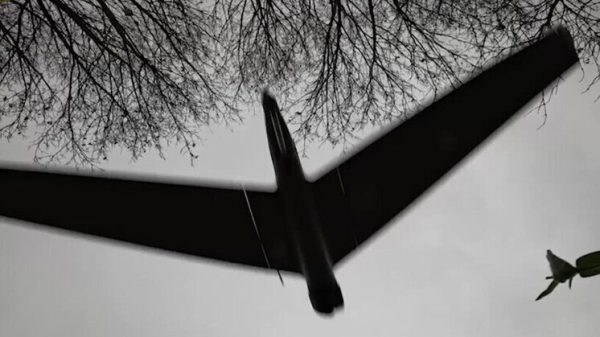






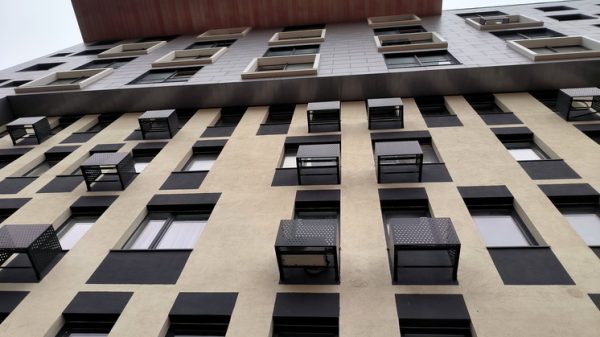








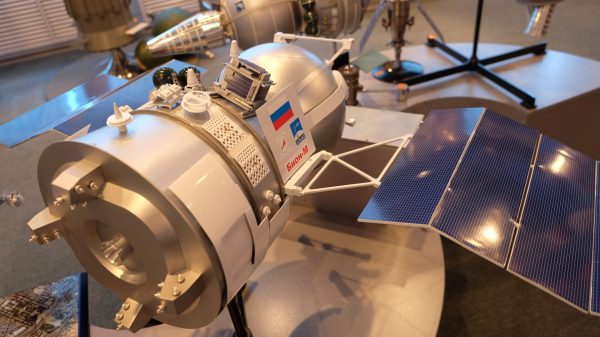
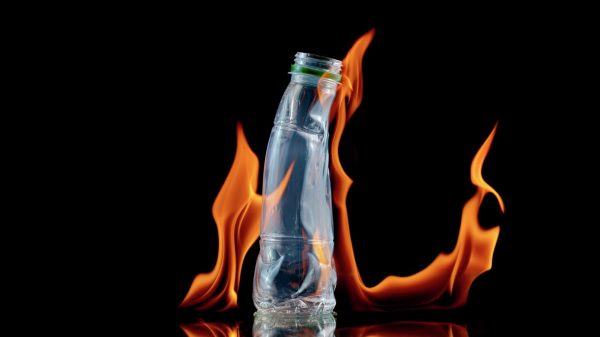

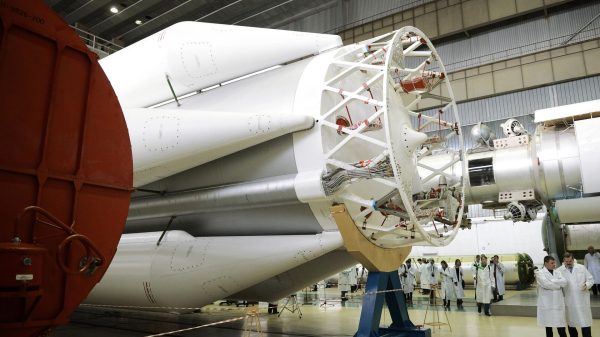





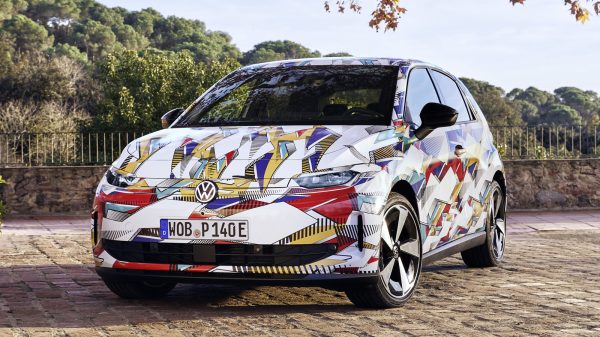

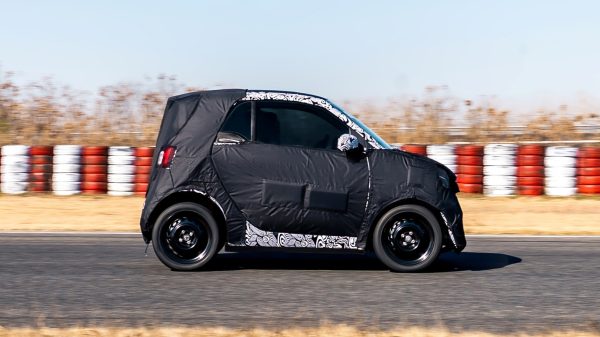
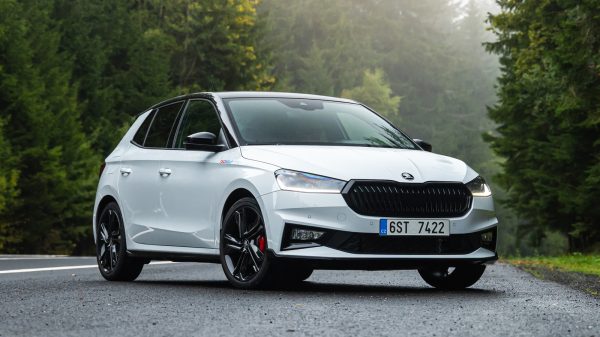
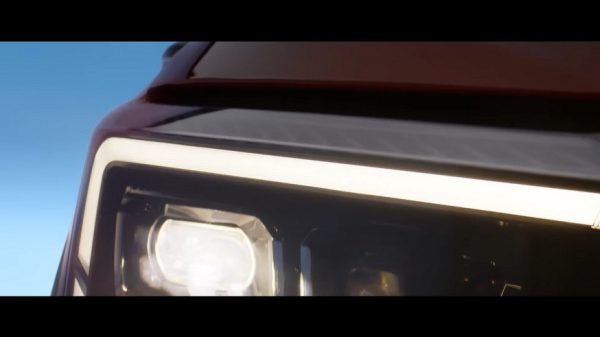



















Свежие комментарии